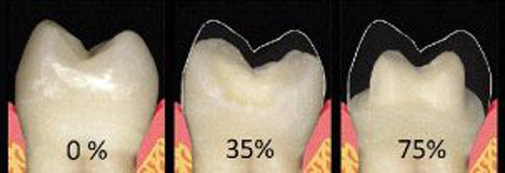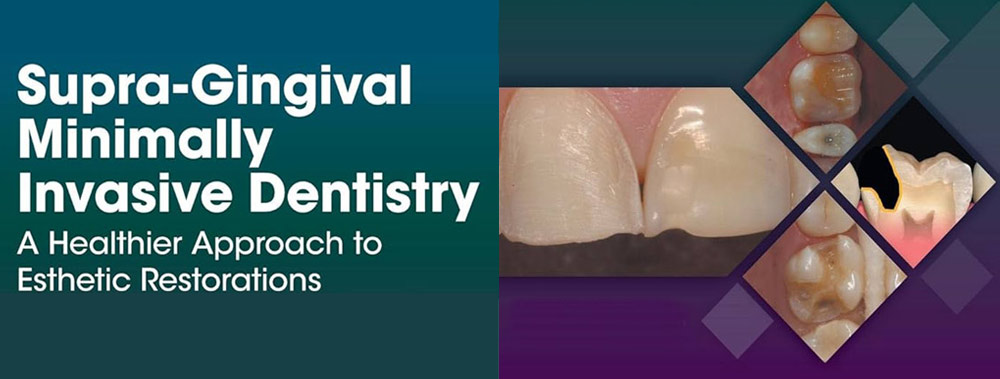What Is Supra-Gingival Minimally Invasive Dentistry
Minimally invasive dentistry explains how we use this approach to focus on removing as little as possible when it comes to the tooth structure, while at the same time, getting rid of the problem and improving your oral health in general. Overall, supra-gingival minimally invasive dentistry is the healthier form of restorative dentistry.
The Advantages Of Minimally Invasive Dentistry
Compared to restorations and extractions, minimally invasive treatments will preserve tooth structure, function and appearance with significantly less discomfort and considerably less cost.

By minimizing the amount of tooth enamel drilled away and staying away from the gums, much of the healthy tooth structure will go untouched which leads to better durability.
During the procedure, we will minimize injury to the tooth, pulp (nerve) and gums, which will lead to a faster recovery and much less discomfort. The restoration is kept above the gums as much as possible, which decreases chances of gum disease caused by subgingival margins. With that, the nerve of the tooth is much less traumatized, which often prevents the need for root canal treatment.
Conditions We Treat With Minimal Invasive Dentistry
- Cavities/Tooth Decay
- Fractured, Broken Teeth
- Missing Teeth
- Veneers
- Onlays
- Bonded Bridges
Have Questions?
We are pleased to provide minimally invasive dentistry in Redding, California, at The Healing Art of Dentistry, and invite you to call 530-241-4134 to schedule an appointment with our dentists, Dr. Franziska Dutton or Dr. Daniel Cohen.

